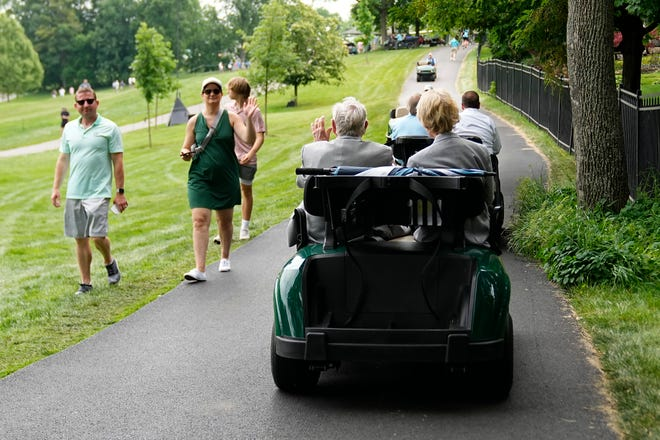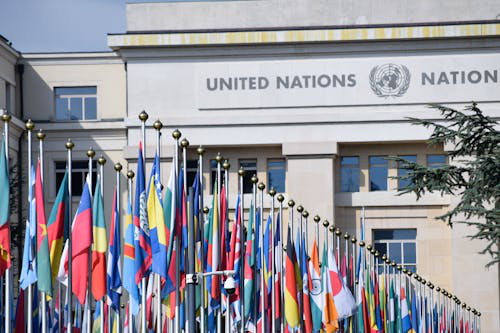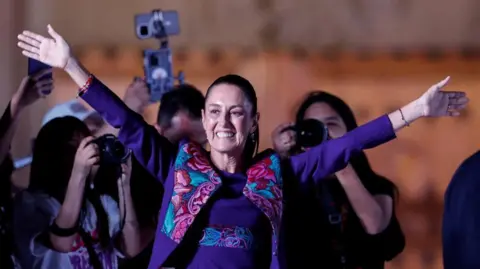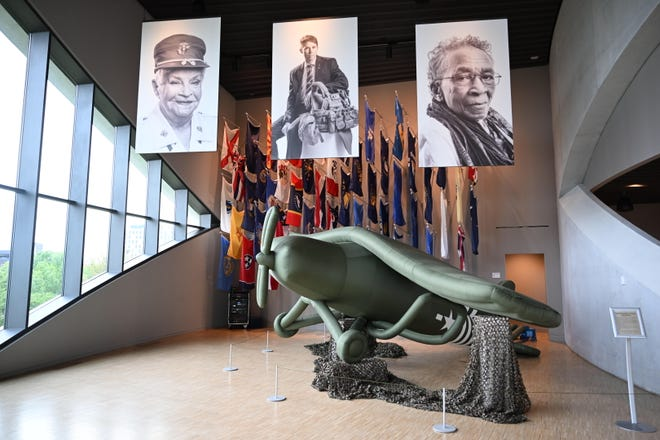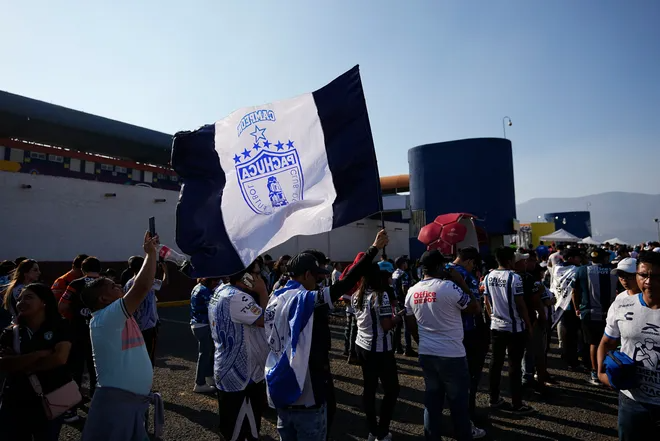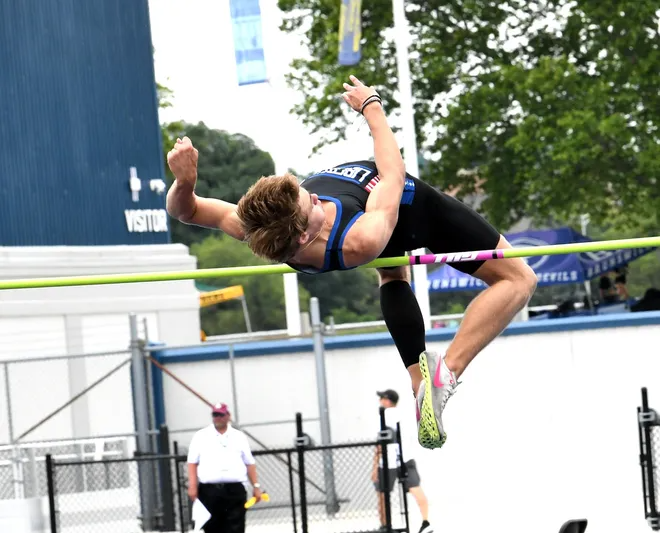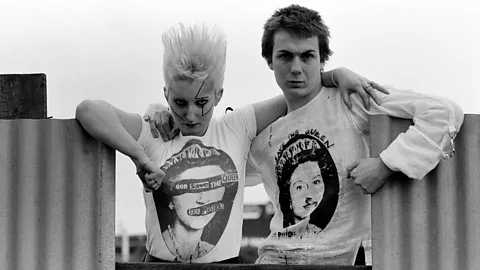- President Xi Jinping’s government faces mounting anger at its ‘zero-COVID’ policy
- The ruling Communist Party faces growing complaints about the economic and human cost
BEIJING: Protests against China’s pervasive anti-virus controls that have confined millions of people to their homes spread to Shanghai and other cities after complaints they might have worsened the death toll in an apartment fire in the northwest.
Shanghai police used pepper spray against about 300 protesters, according to a witness. They gathered Saturday night to mourn the deaths of at least 10 people in an apartment fire last week in Urumqi in the Xinjiang region in the northwest.
Videos posted on social media that said they were filmed in Nanjing in the east, Guangzhou in the south and at least five other cities showed protesters tussling with police in white protective suits or dismantling barricades used to seal off neighborhoods. Witnesses said a protest occurred in Urumqi, but The Associated Press was unable to confirm details of other videos.
President Xi Jinping’s government faces mounting anger at its “zero-COVID” policy that has shut down access to areas throughout China in an attempt to isolate every case at a time when other governments are easing controls and trying to live with the virus.
That has kept China’s infection rate lower than the United States and other countries. But the ruling Communist Party faces growing complaints about the economic and human cost as businesses close and families are isolated for weeks with limited access to food and medicine.
Some protesters were shown in videos shouting for Xi to step down or the ruling party to give up power.
Party leaders promised last month to make restrictions less disruptive by easing quarantine and other rules but said they were sticking to “zero-COVID.” Meanwhile, an upsurge in infections that pushed daily cases above 30,000 for the first time has led local authorities to impose restrictions residents complain exceed what is allowed by the national government.
The fire deaths in Urumqi triggered an outpouring of angry questions online about whether firefighters who needed three hours to extinguish the blaze or victims trying to escape might have been obstructed by locked doors or other controls. Authorities denied that, but the disaster became a focal point for public anger about anti-disease restrictions, ruling party propaganda and censorship.
In Shanghai, protesters gathered at Middle Urumqi Road at midnight with flowers, candles and signs reading “Urumqi, November 24, those who died rest in peace,” according to a participant who would give only his family name, Zhao.
Zhao said one of his friends was beaten by police and two were pepper-sprayed. He said police stomped on his feet as he tried to stop them from taking his friend away. He lost his shoes and left barefoot.
According to Zhao, protesters yelled slogans including “Xi Jinping, step down, Communist Party, step down,” “Unlock Xinjiang, unlock China,” “do not want PCR (tests), want freedom” and “press freedom.”
Around 100 police stood in lines to prevent protesters from gathering or leaving, Zhao said. He said buses with more police arrived later.
Another protester, who gave only his family name, Xu, said there was a larger crowd of thousands of demonstrators, but police stood in the road and let them pass on the sidewalk.
Internet users posted videos and accounts on Chinese and foreign social media showing protests in Shanghai, Nanjing, Chengdu and Chongqing in the southwest and Urumqi and Korla in Xinjiang.
A video that said it was shot in Urumqi showed protesters chanting, “Remove the Communist Party! Remove Xi Jinping!”
Protests in Xinjiang are especially risky following a security crackdown against Uyghurs and other mostly Muslim ethnic minorities that has included mass detentions.
Most protesters in the videos were members of China’s dominant Han ethnic group. A Uyghur woman in Urumqi said Uyghurs were too scared to take to the streets.





